Month 13
Pelvic
Welcome to EFI Plus Month 13: Elevate Your Pelvic Health!
This month, we're dedicating our focus to an essential aspect of fitness and wellness: Pelvic Health. Strong, functional pelvic muscles are crucial for overall well-being, especially for women. EFI Plus Month 13 is packed with valuable insights, practical tips, and effective exercises to help you understand and enhance your pelvic floor health. Let's delve into the comprehensive topics we'll be covering:
4 Ways to Strengthen Your Pelvic Floor
A strong pelvic floor is the foundation of good health, impacting everything from core stability to bladder control. In this section, we'll explore four effective methods to strengthen these crucial muscles:
With these techniques, you'll gain the tools to build a resilient pelvic floor, supporting your overall health and fitness goals.
Dos and Don’ts When You Have Pelvic Floor Dysfunction
Pelvic floor dysfunction can be challenging, but with the right approach, you can manage and improve your symptoms. We'll cover:
Dos: Effective strategies, exercises, and lifestyle changes that can help manage and alleviate pelvic floor dysfunction.
Don’ts: Common mistakes and activities to avoid that could exacerbate your condition.
By following these guidelines, you'll be better equipped to navigate pelvic floor dysfunction and enhance your quality of life.
Women’s Health — What Causes Pelvic Floor Pain?
Pelvic floor pain can significantly impact women's health and well-being. In this section, we'll delve into:
Common Causes: Understand the various factors that can lead to pelvic floor pain, including childbirth, surgery, and chronic conditions.
Symptoms: Learn to identify the signs of pelvic floor pain and when to seek professional help.
Treatment Options: Explore a range of treatments, from physical therapy to medical interventions, that can provide relief and support.
Gaining insight into the causes and treatments of pelvic floor pain empowers you to take proactive steps toward managing and alleviating discomfort.
What is Anterior Pelvic Tilt? Understanding Before and After
Anterior pelvic tilt (APT) is a common postural issue that can affect your overall health and appearance. We'll provide a comprehensive overview of:
Definition and Causes: What APT is, what causes it, and how it can impact your body.
Symptoms and Diagnosis: Recognize the signs of APT and how to diagnose it.
Before and After: Understand the importance of correcting APT and see the potential improvements in posture and pain relief.
Corrective Exercises and Tips: Effective exercises and lifestyle changes to correct APT and promote better posture.
By addressing anterior pelvic tilt, you can improve your alignment, reduce pain, and enhance your overall physical function.
Join us this month as we elevate our focus on pelvic health! With EFI Plus Month 13, you'll gain the knowledge and tools to strengthen your pelvic floor, manage dysfunction, understand pelvic pain, and correct postural issues like anterior pelvic tilt. Let's embark on this journey to better health together!
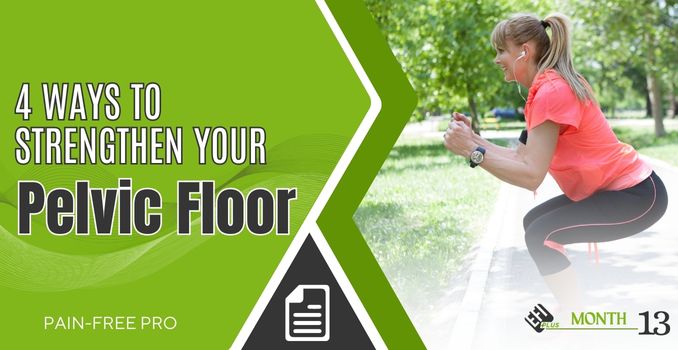
4 Ways to Strengthen Your Pelvic Floor
Many people experience subtle changes in their bodies as they age. Some notice urinary leakage, less control over their bowels, or increased urgency to eliminate. While companies that sell incontinence pads will lead you to believe that all of these conditions are normal parts of aging, we’re here to tell you otherwise.
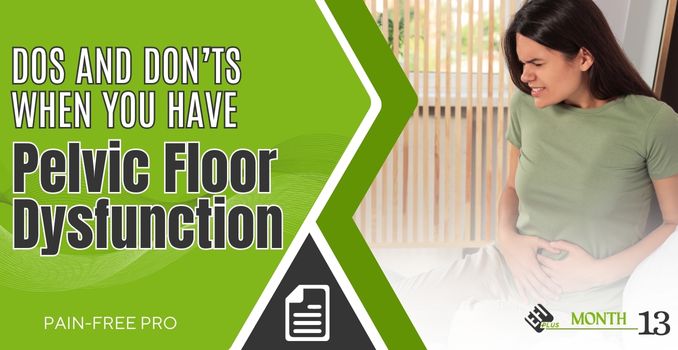
Dos and Don’ts When You Have Pelvic Floor Dysfunction
Lauren got up for the fifth time in one night and went to the bathroom. When she was finished, she flopped back in bed with a heavy sigh. This was getting ridiculous. She thought she was suffering from a chronic urinary tract infection (UTI), but tests had ruled that theory out. There were no bacteria, her doctor told her, but something was obviously not right.
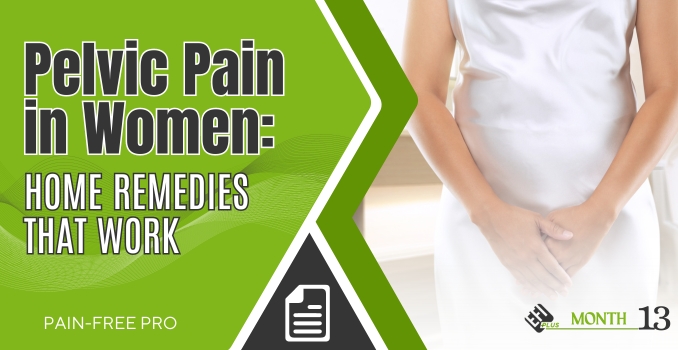
Pelvic Pain in Women: Home Remedies that Work
Pelvic pain in women can have many causes like menstrual cramps, endometriosis, PID, painful bladder syndrome, and IBS. To manage this pain, try lifestyle changes such as eating better, exercising regularly, and using heat or cold therapy.
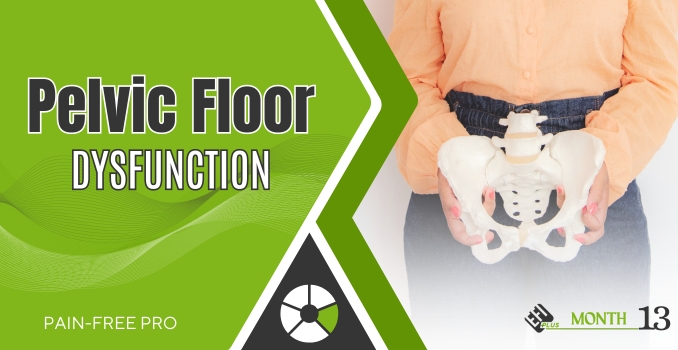
Pelvic Floor Dysfunction
Pelvic Floor Dysfunction (PFD) is a condition where the pelvic floor muscles fail to coordinate correctly, leading to symptoms such as urinary and fecal incontinence, chronic pelvic pain, constipation, and pelvic organ prolapse. Common causes include childbirth, aging, obesity, surgery, chronic coughing, and heavy lifting.
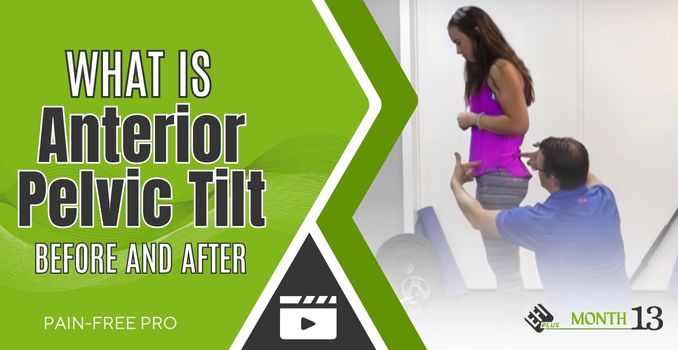
What is Anterior Pelvic Tilt Before and After
Anterior pelvic tilt is a common condition that affects many people, often leading to discomfort and posture issues. This blog post will explain what anterior pelvic tilt is, how to assess it, and what can be done to correct it, using a simple technique demonstrated with the help of Jenna.
